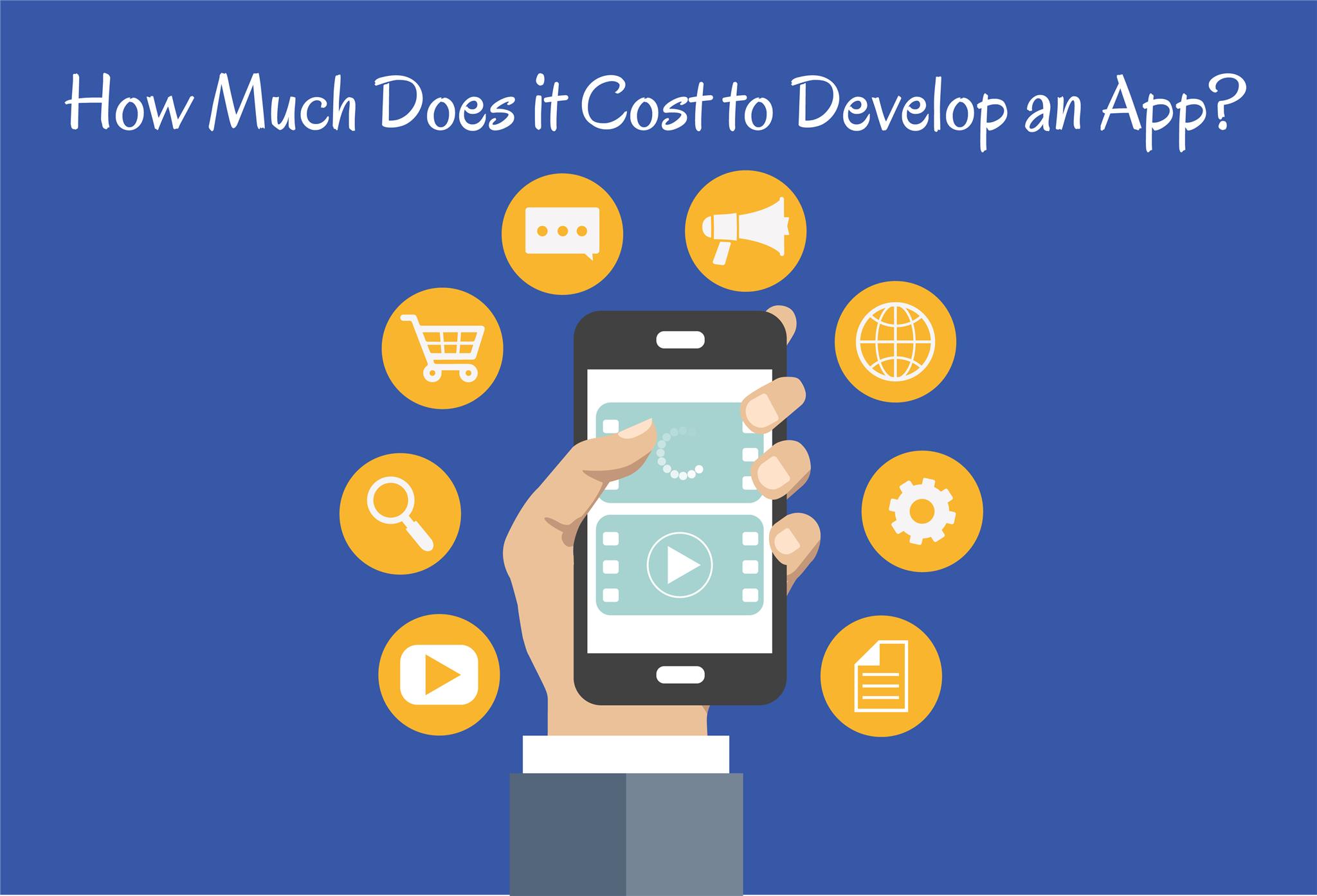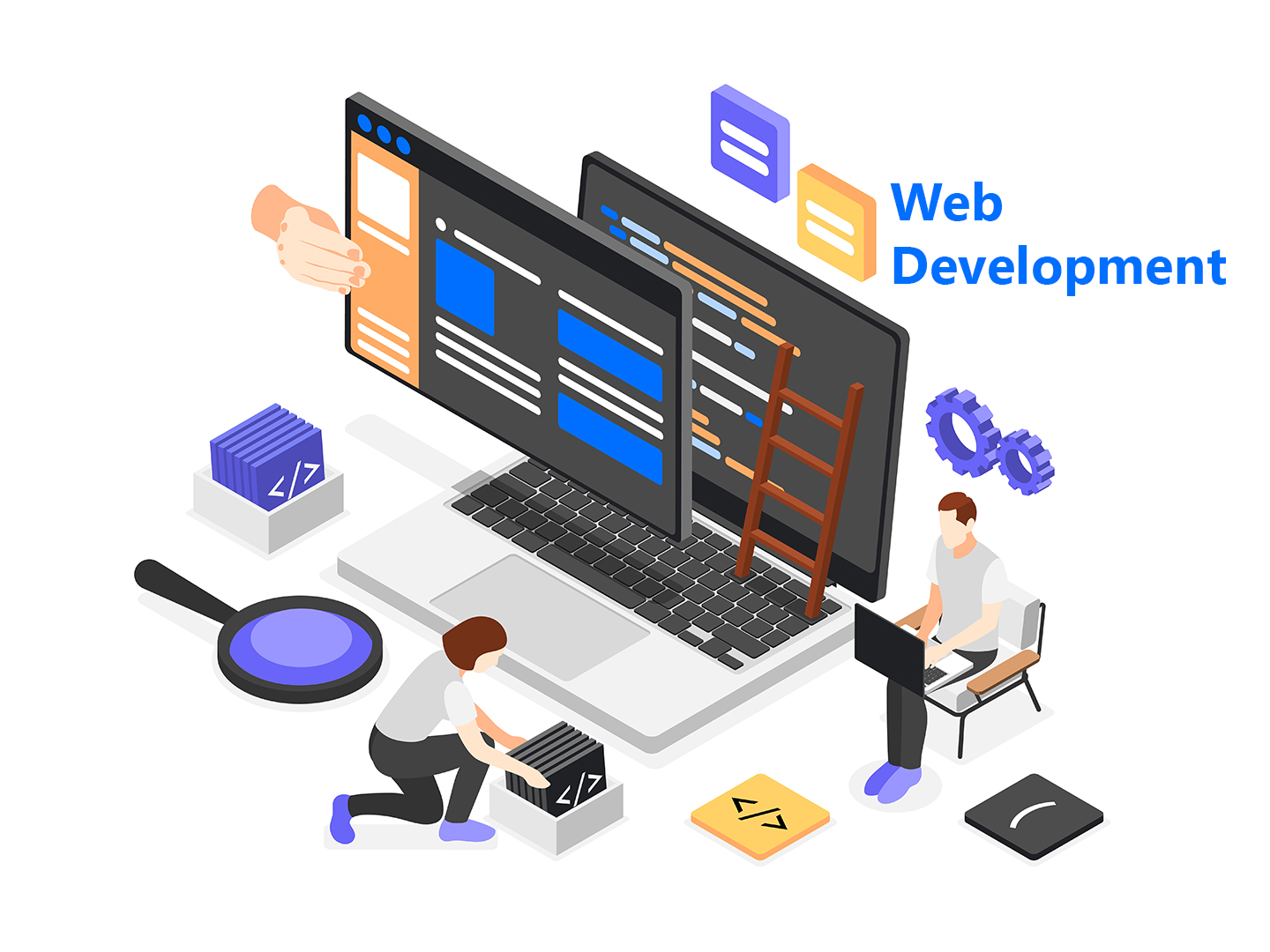
In the digital age, developing a mobile application has become essential for businesses
aiming to expand their reach and engage with customers. One of the most common
questions posed by businesses and entrepreneurs alike is: how much does it cost to
make an app on the App Store? The answer to this question is multifaceted and depends
on several factors including the complexity of the app, its features, design, and the
development team involved. This comprehensive guide aims to break down these
elements and provide a detailed overview of the costs involved.
Understanding the Basics of App Development Costs
Before delving into specific costs, it is crucial to understand the fundamental
components that contribute to the overall expense of developing an app. These
components include:
1. Planning and Research
2. Design and Prototyping
3. Development and Testing
4. Deployment and Maintenance
Each of these stages involves various tasks and expertise, contributing to the total cost.
1. Planning and Research
The initial phase of app development involves thorough planning and research. This stage
is critical for laying a solid foundation for the app and includes:
• Market Research: Understanding the target audience, analyzing competitors, and
identifying market needs. This helps in defining the app’s unique value proposition
and positioning it effectively in the market.
• App Concept: Defining the app’s purpose, core features, and functionality. This
involves brainstorming sessions and creating detailed project specifications.
• Feasibility Study: Assessing the technical and financial feasibility of the app
concept. This includes identifying potential challenges and determining if the app
idea is viable.
Cost: This phase typically costs between $5,000 to $10,000, depending on the project's
complexity and the depth of research required. The investment in this stage is crucial as it
sets the direction for the entire project.
2. Design and Prototyping
Design is a pivotal aspect of app development as it directly impacts user experience and
engagement. This stage involves several key activities:
• Wireframing: Creating a visual guide that represents the app's skeletal framework.
Wireframes outline the structure and layout of the app, helping stakeholders
visualize the user journey.
• UI/UX Design: Designing the app's user interface (UI) and user experience (UX) to
ensure it is intuitive and engaging. This involves selecting color schemes,
typography, and creating interactive elements.
• Prototyping: Developing a preliminary version of the app to test the design and
functionality. Prototypes are interactive and allow for early feedback and iterations.
Cost: The design and prototyping stage can range from $10,000 to $50,000, influenced by
the complexity of the app and the quality of design required. Investing in a well-thought-out
design can significantly enhance the app’s appeal and usability.
3. Development and Testing
The development phase is where the actual coding and programming take place.
This stage is the most resource-intensive and includes:
• Frontend Development: Building the client-side part of the app that interacts with
users. This involves coding the interface and ensuring it works seamlessly across
different devices and screen sizes.
• Backend Development: Creating the server-side part that manages data, business
logic, and integrations. This includes setting up databases, servers, and APIs to
support the app’s functionality.
• API Integration: Connecting the app with third-party services and APIs. This could
include payment gateways, social media integrations, or geolocation services.
• Testing: Conducting various tests (unit testing, integration testing, user acceptance
testing) to ensure the app is bug-free and performs well under different conditions.
Testing is an ongoing process that continues even after the app is launched.
Cost: Development and testing can vary widely, typically ranging from $30,000 to
$150,000. This depends on factors such as the app’s complexity, the number of features,
and the development team's expertise. High-quality development is essential for ensuring
the app functions smoothly and provides a good user experience.
4. Deployment and Maintenance
Once the app is developed and tested, it needs to be deployed on the App Store and
maintained regularly. This stage involves:
• App Store Submission: Preparing the app for submission, including compliance
with App Store guidelines, creating metadata, and optimizing the app listing for
better visibility.
• Marketing and Launch: Promoting the app to ensure a successful launch. This can
include press releases, social media campaigns, and collaborations with
influencers.
• Ongoing Maintenance: Regular updates, bug fixes, and feature enhancements to
keep the app relevant and functional. Maintenance also involves monitoring app
performance and user feedback to make continuous improvements.
Cost: Deployment costs are relatively low, around $100 for the App Store submission fee.
However, ongoing maintenance can cost between $5,000 to $20,000 per year. Regular
maintenance is crucial for keeping the app updated and competitive in the market.
Factors Influencing App Development Costs
Several factors can influence the total cost of developing an app for the App Store.
Understanding these factors can help in planning and budgeting more effectively.
The complexity of the app is one of the most significant cost drivers. Apps can be
categorized into three main types based on their complexity:
Simple Apps: These are basic apps with minimal features, such as a calculator or a simple
news reader. They generally cost between $10,000 to $50,000. Development time is
shorter, and they typically have fewer design and functionality requirements.
Moderately Complex Apps: These apps have more features, such as social media
integration, in-app purchases, or geolocation. They typically range from $50,000 to
$100,000. They require more development time and resources compared to simple apps.
Highly Complex Apps: These are advanced apps with sophisticated features, such as
real-time data processing, custom animations, or AR/VR integration. They can cost
upwards of $100,000. Development of highly complex apps requires specialized skills and
extensive testing.
2. Design Requirements
The design of the app plays a crucial role in its success. Different design requirements
can significantly impact the overall cost:
Custom Design: Unique, custom-designed interfaces are more expensive compared to
standard design templates. Custom designs involve more time and effort in creating a
distinct look and feel for the app.
Animations and Interactions: Incorporating complex animations and interactions adds to
the overall cost. These elements enhance the user experience but require additional
development and testing efforts.
3. Development Team
The choice of the development team can also influence the cost:
Freelancers vs. Agencies: Hiring freelancers can be cost-effective but might lack the
comprehensive expertise and reliability of a professional agency. Agencies typically offer a
full range of services, including design, development, and marketing.
Location: Development costs vary by location. Developers in North America or Europe
charge higher rates compared to those in Asia or Eastern Europe. Outsourcing
development to countries with lower labor costs can reduce expenses but may come with
challenges such as time zone differences and communication barriers.
4. Platform and Device Compatibility
Ensuring compatibility across different platforms and devices is essential but adds to the
cost:
Single Platform vs. Multiple Platforms: Developing for both iOS and Android will increase
costs compared to a single platform.
Cross-platform development tools can help reduce
costs but may have limitations.
Device Compatibility: Ensuring compatibility with various devices (smartphones, tablets)
adds to the development time and cost. Each device has different screen sizes,
resolutions, and hardware specifications that need to be considered.
Hidden Costs to Consider
In addition to the visible costs, there are several hidden costs in app development that
are often overlooked:
• Licensing Fees: Fees for third-party software or services integrated into the app.
These can include fees for APIs, libraries, or proprietary software.
• Data Storage and Hosting: Costs for storing and managing app data. This includes
server costs, database management, and cloud storage fees.
• Marketing and Advertising: Expenses for promoting the app to reach a wider
audience. This can include paid advertisements, social media campaigns, and
public relations efforts.
• Legal and Compliance: Costs associated with legal consultations and ensuring
compliance with regulations and standards. This includes data privacy laws,
intellectual property rights, and terms of service agreements.
Case Studies: Real-World Examples
To provide a clearer picture, let's look at some real-world examples of app development
costs:
1. Instagram
Instagram started as a simple photo-sharing app and evolved into a complex social
media platform. The initial development costs for Instagram were around $500,000. Over
the years, significant investments have been made in developing new features,
maintaining the app, and expanding its infrastructure.
2. Uber
Uber's app development cost is estimated to be around $1.5 million to $2 million. This
includes the development of both the driver and passenger apps, backend infrastructure,
and integration with various payment gateways and mapping services.
3. WhatsApp
WhatsApp’s initial development cost was relatively low, around $250,000. However,
ongoing costs for server maintenance, security updates, and feature enhancements have
increased significantly over the years.
Tips for Reducing App Development Costs
While developing a high-quality app can be expensive, there are ways to manage and
reduce costs without compromising on quality:
1. Prioritize Features
Focus on essential features for the initial release and plan for additional features in future
updates. This approach, known as the Minimum Viable Product (MVP), allows you to
launch the app quickly and gather user feedback for improvements.
2. Use Cross-Platform Development Tools
Utilize cross-platform development tools like React Native or Flutter to build apps that
work on both iOS and Android. This can significantly reduce development time and costs.
3. Outsource Wisely
Consider outsourcing parts of the development process to experienced freelancers or
development agencies in regions with lower labor costs. Ensure thorough vetting and clear
communication to avoid potential issues.
4. Optimize Design
Leverage existing design templates and UI frameworks to save on design costs. Custom
designs are valuable but can be phased in gradually as the app gains traction.
5. Regular Maintenance
Plan for regular maintenance to address bugs, security vulnerabilities, and updates.
Proactive maintenance can prevent costly issues and ensure a smooth user experience.
Conclusion
Developing an app for the App Store is a significant investment that requires careful
planning and budgeting. The total cost can vary widely based on factors such as app
complexity, design requirements, the development team, and platform compatibility. By
understanding these factors and their associated costs, businesses can better prepare for
the financial commitment involved in creating a successful app..
 Best Mobile App Development Company in Delhi NCR | Oprezo India
Best Mobile App Development Company in Delhi NCR | Oprezo India
 Top Web Development Services in Delhi/NCR | Oprezo India – React JS, Angular JS, eCommerce & More
Top Web Development Services in Delhi/NCR | Oprezo India – React JS, Angular JS, eCommerce & More
 Top Mobile App Development Company in Delhi / NCR | Oprezo India
Top Mobile App Development Company in Delhi / NCR | Oprezo India
 Mobile App Development in Delhi - Android, iOS, Hybrid & Flutter | Oprezo India
Mobile App Development in Delhi - Android, iOS, Hybrid & Flutter | Oprezo India
 Why Oprezo India is the Best Web Development Partner in Delhi NCR?
Why Oprezo India is the Best Web Development Partner in Delhi NCR?